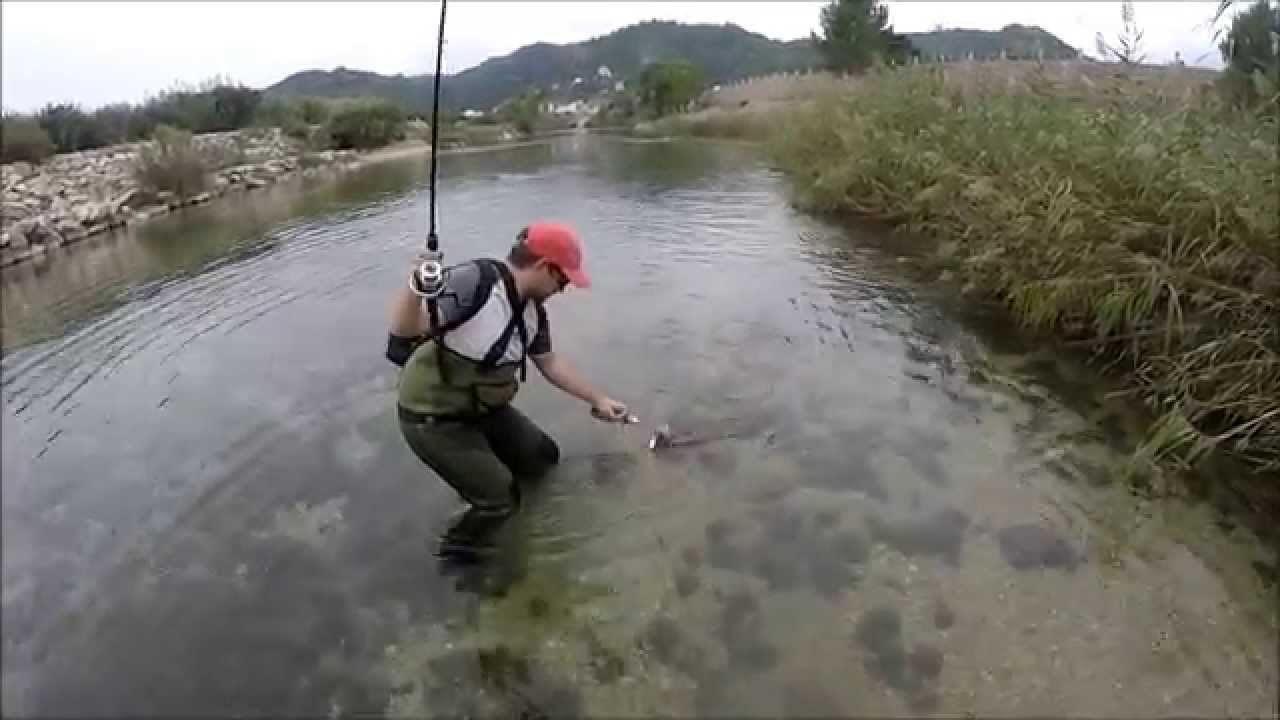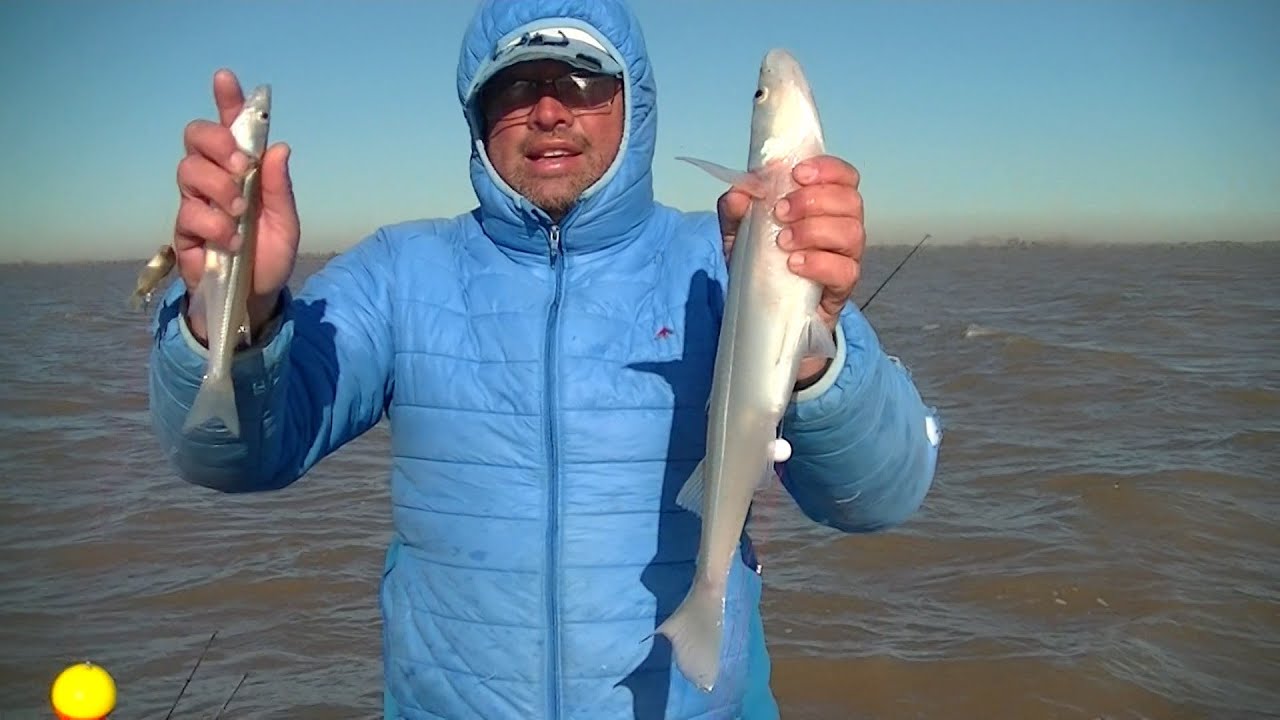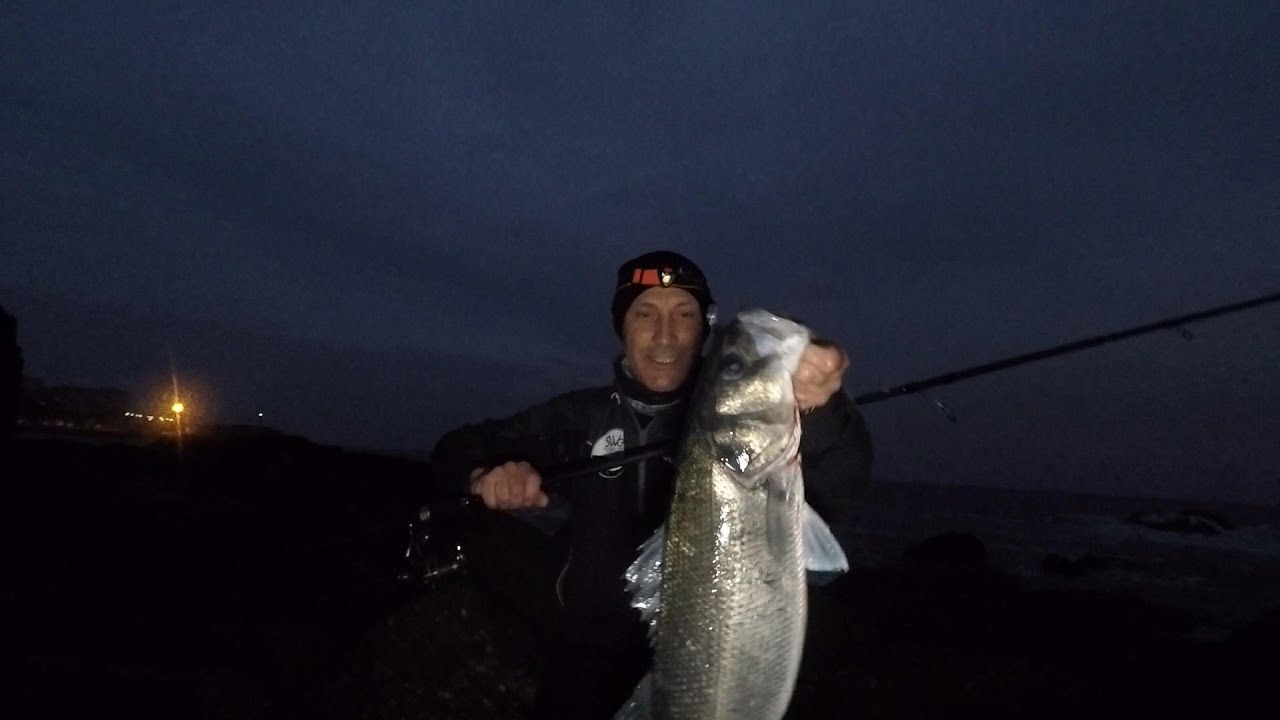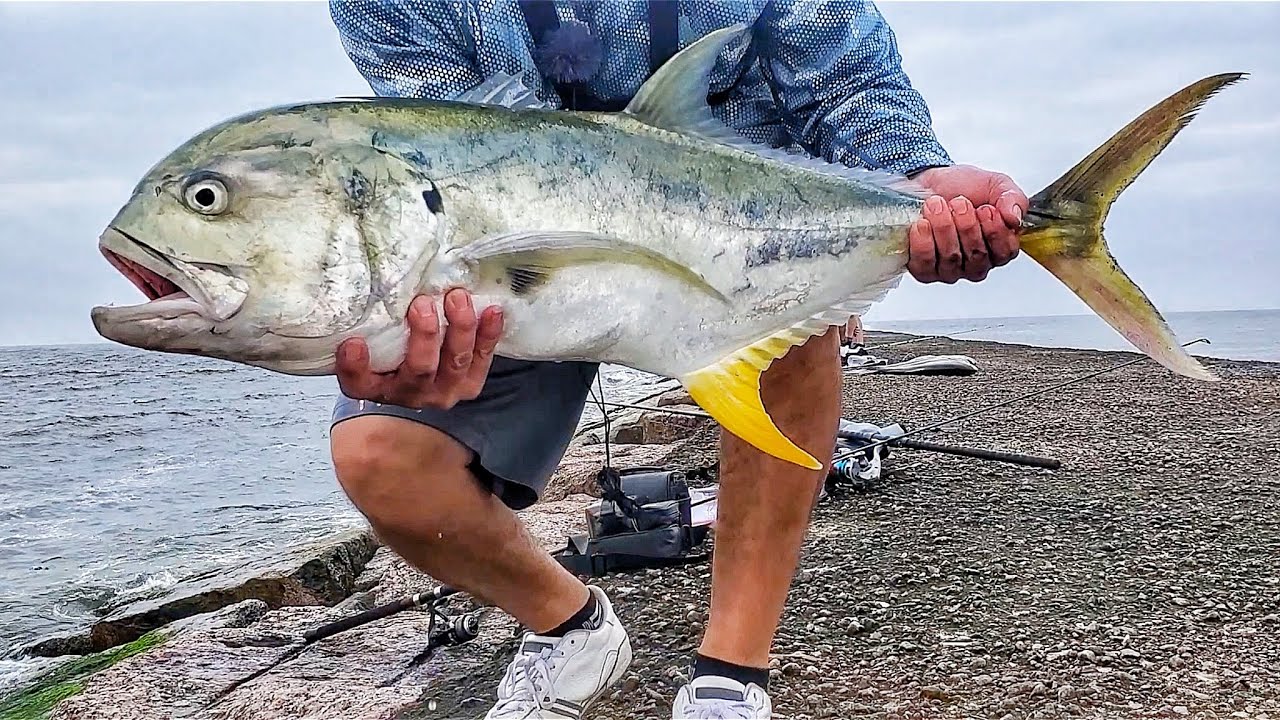Attention fishermen! Have you ever considered embarking on an exciting, different and challenging adventure? On this occasion, we will enter the wonderful world of blue crab fishing, also known as jaiba, on the Spanish coast.
This vibrant crustacean is not only a delight for the palates, but also an exciting challenge for any fishing lover. Let's see how it's done, start reading and become an expert at capturing these delicious creatures!

What are blue crabs?
Before diving into the fishing technique, what better way to understand than to understand what creature we are facing. Blue crabs, also known as crabs, are native to the Americas and have become an invasive species on the Spanish coasts, including Valencia, Andalusia, Cádiz, Catalonia, Ebro Delta and Mallorca. Their rapid spread and voracity have made them a challenge for fishermen.
Characteristics of the blue crab
- They are easy to recognize since they have a color between blue and greenish very characteristic, hence its name.
- they have five legs on each side, the two main ones look like pincers and allow you to defend yourself from your attackers.
- They are very voracious and their diet is based on small fish, algae, molluscs and crustaceans.
- They're a aggressive species, since they can attack larger animals, even ducks. When they are in a cube, they can attack their own species and jump to free themselves.
- The years of life of each specimen can be estimated at 10 to 12 years.
- Spring and summer They are their most abundant time, being the end of the summer season and the beginning of autumn when they prepare to reproduce.
- They are capable of laying a large number of eggs, numbering in the hundreds, which is why they proliferate and conquer ecosystems.
- They have a system that allows them to adapt to warm and colder waters, as well as to fresh and brackish water bodies.
Blue river crab and blue river crab Spain
In Spain, you can find blue crabs in both rivers and estuaries. You should know that the blue river crab Spain is considered one of the tastiest due to its firm and succulent meat.
The challenge of fishing for Blue Crabs
Let's admit it: fishing for blue crabs is no easy task. These creatures are cunning, easily released, and often live in hard-to-reach areas. This adds an exciting element to the challenge, since in addition to patience, we will need the skill and skill of a fisherman.
Necessary materials
For this peculiar fishing, you will need some specific materials:
- Una Heavy Duty Blue Crab Fishing Rod
- attractive bait, such as pieces of chicken or fish
- A stick to anchor the rod rope
- A net or bag to collect the caught crabs
fishing technique
The technique for fishing for blue crabs is relatively simple, although it requires a certain degree of skill. He bait is tied to the rope and it is secured with knots, and then submerged in the water. Feeling tension in the rope, you need to lift gently to catch the crab.
It is also essential to know how to catch blue crabs since its tweezers can be sharp and cause injuries. It is safest to handle them on the back of the body to avoid bites.
Can you catch blue crab?
The answer is yes, definitely you can catch blue crab, as long as you follow specific guidelines and have a license to fish for blue crab. This license is essential to respect legal restrictions and protect crab populations.
How to Fish for Blue Crab with a Rod
Blue crab angling is a sport fishing mode that can be practiced in all areas where this specimen is found. The fishing itself is not complicated, since very specialized equipment is not necessary, a light or medium action rod is enough, albeit with a somewhat thick line given its tweezers.
How to Live Aligned with bait one can work perfectlychicken feet, raw meat, or even pieces of other small fish and it will only be necessary to locate in the areas where fishing is allowed and fill the respective bucket of fishing for the day.
Yes, the use of a landing net or net is necessary resistant to be able to make the final capture and, yes, be careful with your hands, since when you catch a finger the wound can be considered, therefore, wearing gloves to manipulate them is not bad at all.
As a final piece of advice, remember that you should not return to the water, precisely because it is a invasive species that does not have a closed season.
How to clean blue crab
Once you have gotten your crab, the next step is to learn how to clean the blue crab. First remove the pincers and legs, then carefully open the shell and remove the gills and viscera. Finally, rinse well before cooking.
Environmental impact
It is vital to remember that Blue crabs pose a threat to the local ecosystem. Therefore, it is essential to fish responsibly and respect local regulations. Always remember to adhere to size and quantity limits, and never fish during the breeding season.
Therefore, fishing for blue crabs is a challenge that requires skill, patience and respect for the environment. As a well-known fishermen's saying goes: «Fishing is not about catching fish, but about hunting moments».
If you liked this article on how to fish for blue crab, we invite you to continue discovering more about this fascinating sport in our following articles. Don't stop fishing!







